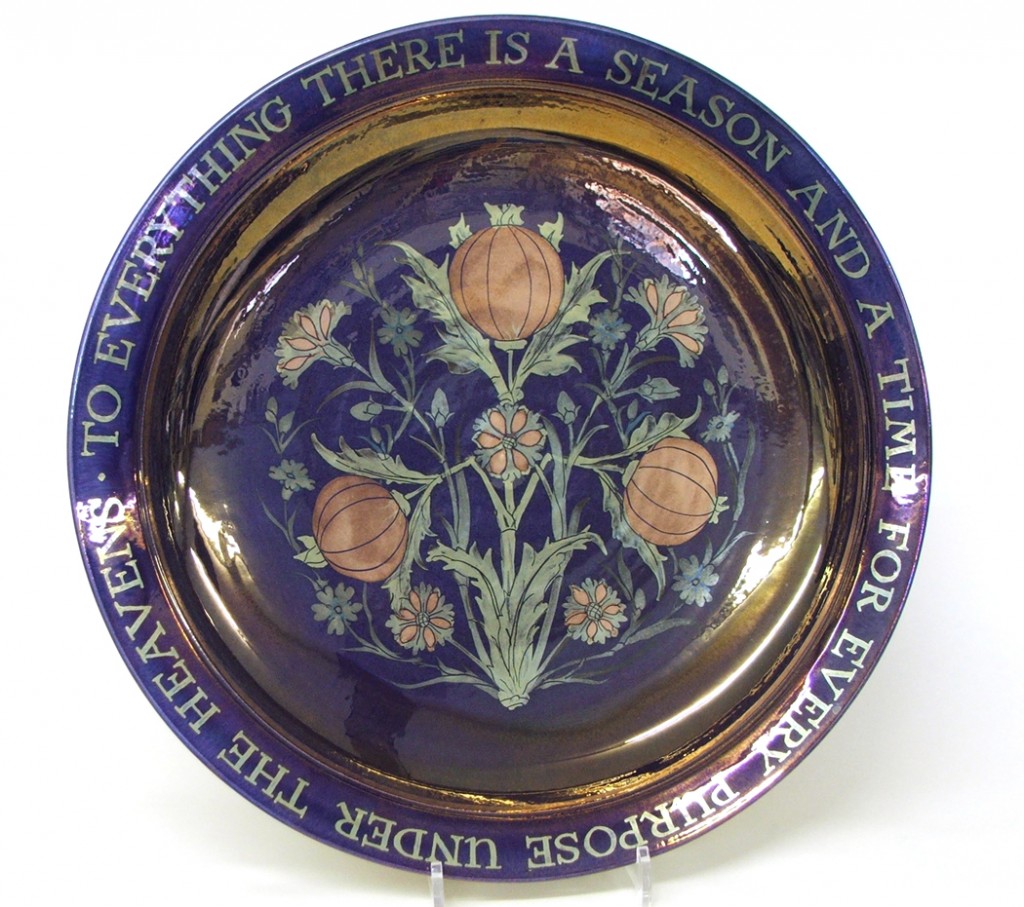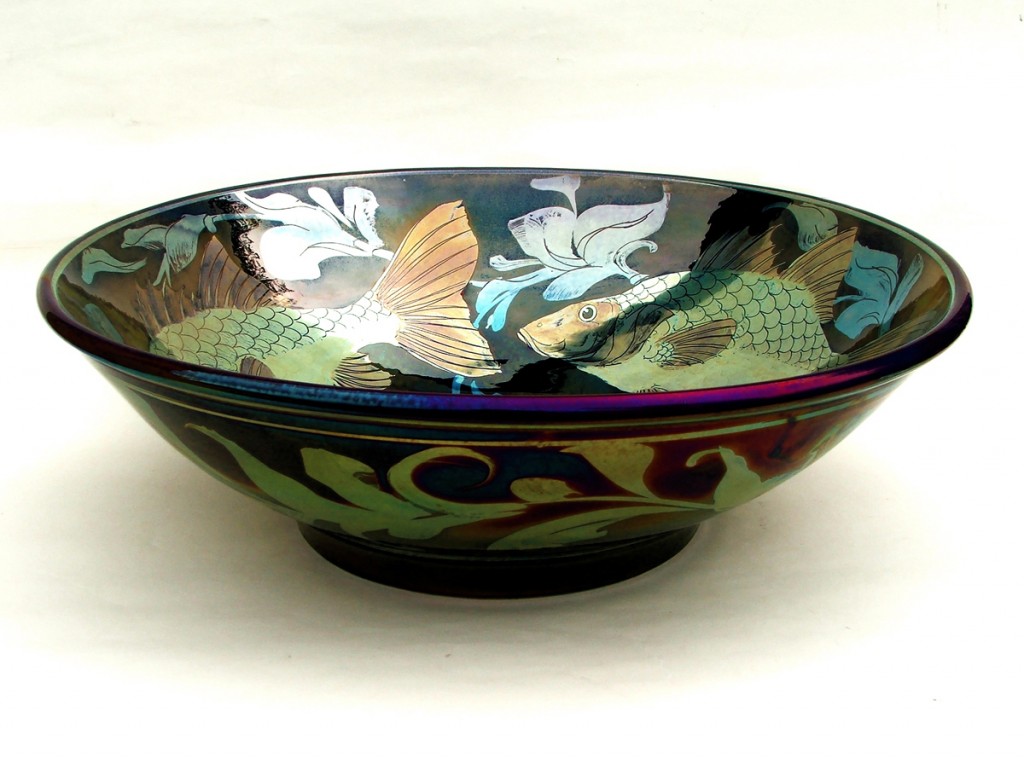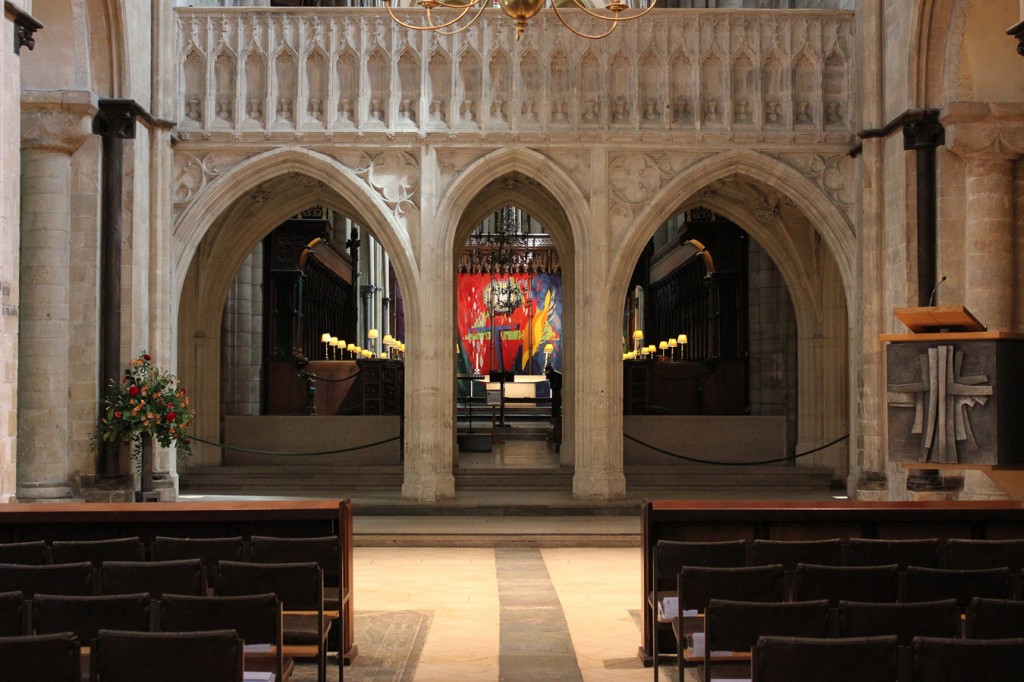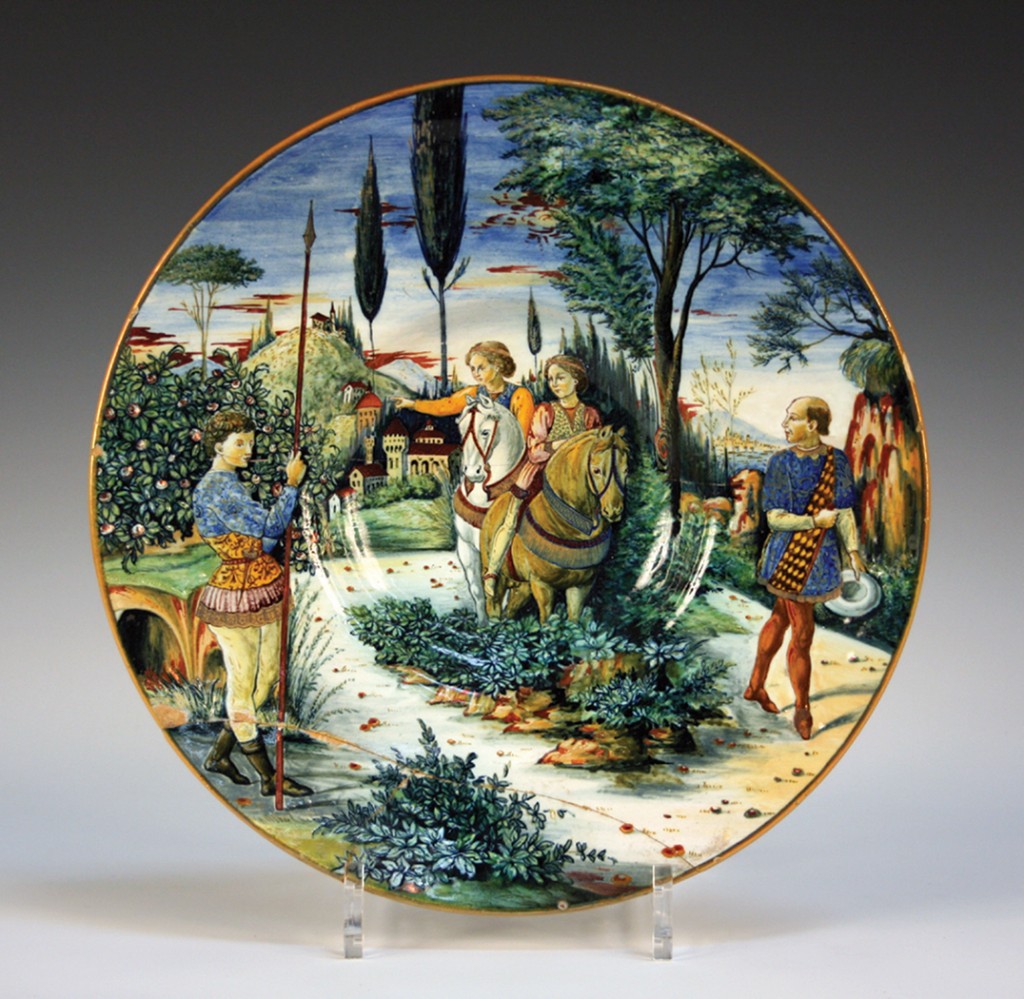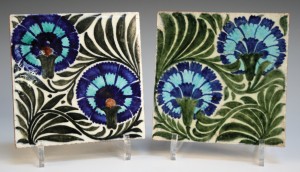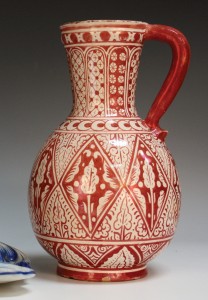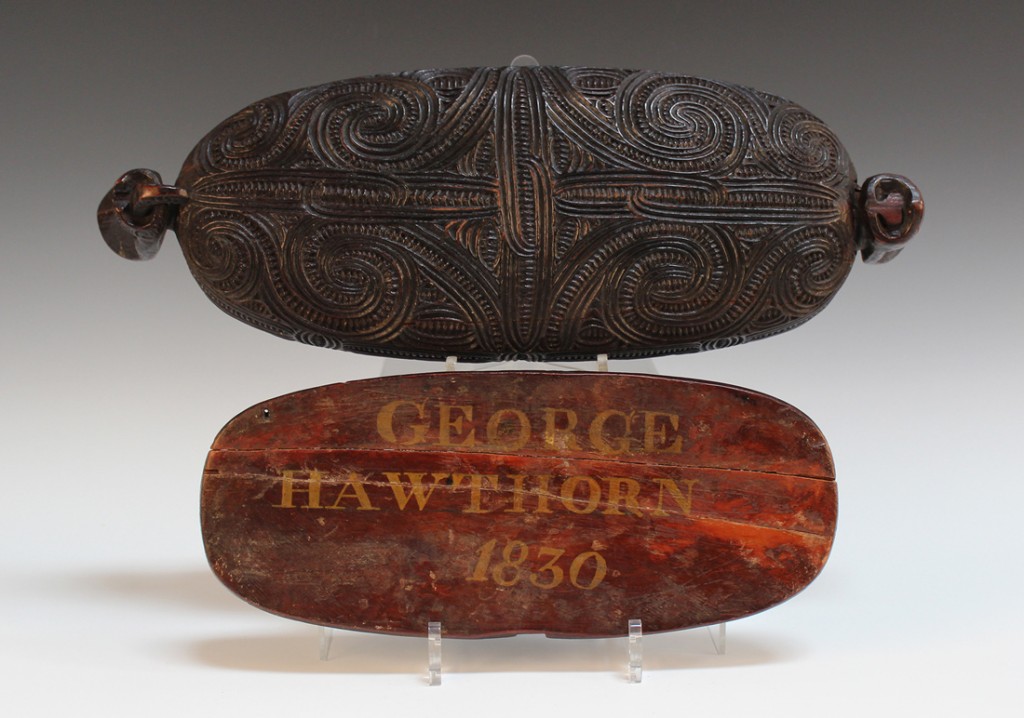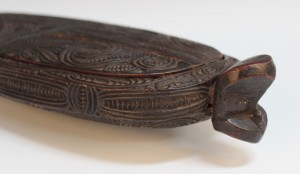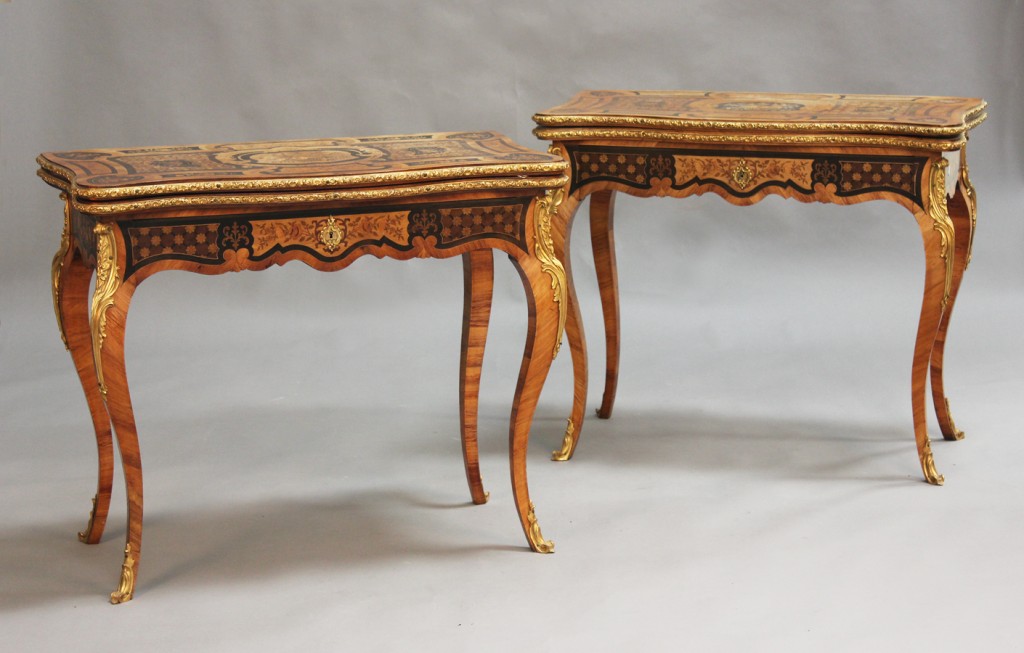
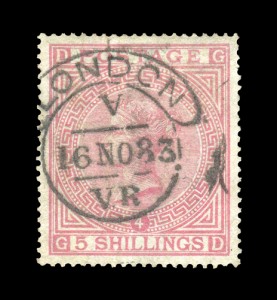
Ahead of Toovey’s auction on the 12th, 13th, 14th & 15th August, we look at five lots that will feature in the summer sale.
The Specialist Sale of Paper Collectables is the largest to date and boasts some fantastic quality items, including the Great Britain 1882 5 shilling rose on blued paper Plate 4, used. Offered as Lot 3023, this single stamp carries a presale estimate of £500-600.
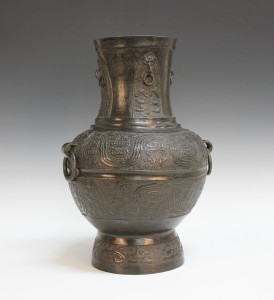
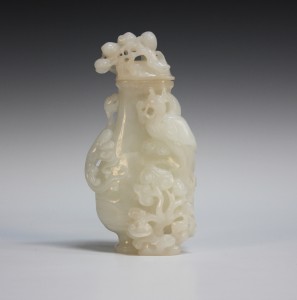
The Asian & Islamic Ceramics & Works of Art Specialist Auction includes two interesting highlights: Lot 1025 is a large Chinese archaistic bronze hu vase, in the Han style but 16th century, height 42.5cm, estimate £2000-3000. Lot 1050 is a Chinese white jade vase and cover, probably late Qing dynasty, height 15.8cm, estimate £800-1200.
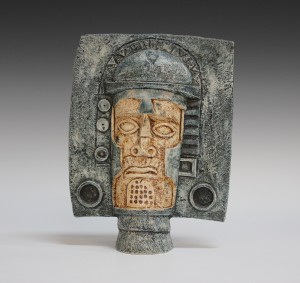
A Troika pottery two-face mask, Lot 1494, is one of the highlights of the British & Continental Ceramics & Glass auction. Each side is decorated with a relief mask motif and was produced circa 1970-1983. It carries a pre-sale estimate of £300-500.
The Furniture auction includes a pair of late 19th century Louis XV style kingwood marquetry and parquetry card tables. This pair, Lot 2200, is estimated at £2000-4000.
The catalogue for the auction will be available online by 7th August at www.tooveys.com
Viewing for the August Auction as follows:
Saturday 9th August: 10am to 4pm
Monday 11th August: 10am to 4pm
Tuesday 12th August: 10am to 4pm (10am to 1pm for the Paper Collectables)
Wednesday 13th to Friday 15th: 9am to the start of each session.
Order of sales for the August Auction as follows:
Sale of Paper Collectables
Tuesday 12th August
At 1.30pm Stamps. Postcards. Cigarette Cards.
Autographs, Photographs & Ephemera.
Sale of Antiques, Fine Art & Collectors’ Items
Wednesday 13th August
At 10am Decorative Art.
At 1pm Silver & Plate. Jewellery. Objects of Virtu.
Thursday 14th August
At 10am Asian & Islamic Ceramics & Works of Art.
At 1pm British & Continental Ceramics & Glass.
Friday 15th August
At 10am Furniture.
At 1.30pm Tea Caddies, Boxes & Diminuitive Furniture.
Collectors’ Items, Works of Art, Metalwork & Light Fittings.
Needleworks & Textiles. Rugs & Carpets.
